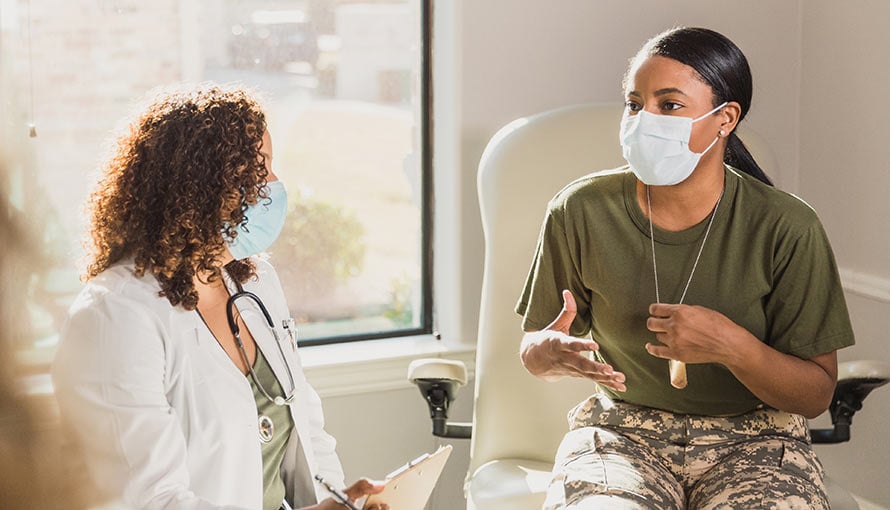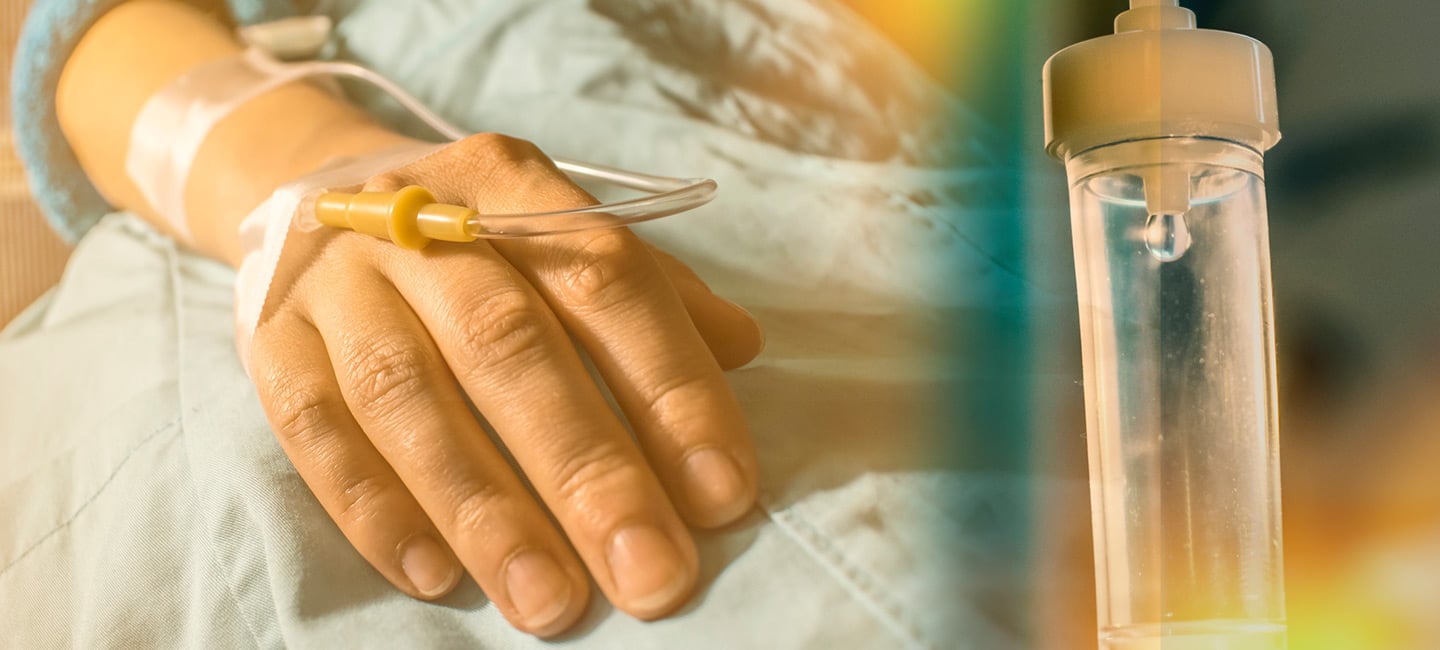HER2-Positive Breast Cancer Signs and Symptoms

HER2-positive breast cancer has elevated levels of human epidermal growth factor receptor 2 (HER2), a protein that controls cellular growth and division. When breast cancer cells overexpress HER2, the cells may reproduce rapidly, bind together and form tumors.
Accounting for approximately 15-20% of breast cancer diagnoses, HER2-positive breast cancer tends to be more aggressive than other types, such as invasive ductal carcinoma. However, it often responds favorably to treatments that specifically target the HER2 protein.
Early warning signs of HER2-positive breast cancer
HER2-positive breast cancer can be distinguished from other types of breast cancer by the presence of excess HER2 proteins, which can only be identified through lab testing. HER2 proteins do not cause distinctive symptoms. Instead, the warning signs of HER2-positive breast cancer type align with typical breast cancer symptoms.
Common symptoms of HER2-positive breast cancer
Many HER2-positive breast cancer cases are diagnosed after a typical breast cancer symptom—such as a new lump or change in the size, shape or feel of the breast—is discovered during a routine breast examination or screening mammogram.
What does HER2-positive breast cancer feel like?
Like many other types of breast cancer, HER2-positive breast cancer can cause a lump, thickening or mass that can be felt in the breast. Some patients also experience breast pain, warmth or tenderness.
What does a breast cancer lump feel like?
Breast lumps are common and most are not cancerous. For instance, hormonal fluctuations can cause a woman’s breasts to become swollen, tender or sore at various times during her menstrual cycle.
To be felt, a cancerous breast lump must be relatively large and close to the surface of the skin. In general, a breast cancer lump may feel:
- Painless
- Hard (as opposed to soft or squishy)
- Unevenly shaped with angular, irregular or asymmetrical edges (not smooth)
- Immobile (does not easily move under the skin when pressed)
A painful breast lump is more likely to be caused by a breast abscess or mastitis than cancer. A breast lump that can be easily moved under the skin may be a fibroadenoma, a common type of benign breast tumor.
What does HER2-positive breast cancer look like?
The visual symptoms of breast cancer in general can include:
- A recent change in the size, shape or feel of the breast
- Unusual nipple discharge
- A newly inverted nipple
- Breast swelling or redness
- Thickened, pitted or dimpled breast skin (similar to an orange peel)
Symptoms of advanced HER2-positive breast cancer
Other symptoms may develop if HER2-positive breast cancer spreads (metastasizes) from the breast to another part of the body, such as the:
- Lungs – Shortness of breath and difficulty breathing
- Liver – Yellowing of the skin and white of the eyes (jaundice), abdominal pain and bloating
- Bones – Persistent bone pain and recurrent fractures
- Brain or spinal cord – Headaches, seizures, memory loss, confusion, difficulty concentrating and other neurological symptoms
Metastatic breast cancer can also cause unexplained fatigue, nausea, vomiting and unintended weight loss.
Can you have breast cancer without symptoms?
Yes, it is possible to have breast cancer without experiencing any symptoms, especially in the early stages. This is why routine screening mammograms are so important—the images can help a physician detect breast cancer before symptoms develop.
Based on a woman’s breast cancer risk profile, a physician can suggest an appropriate screening strategy. According to the latest recommendation from the U.S. Preventive Services Task Force (USPSTF), women who are at average risk for breast cancer should begin having routine breast cancer screenings at age 40, including a mammogram once every two years until age 74.
The role of breast self-exams
As with any type of cancer, early detection of HER2-positive breast cancer is the key to achieving the best possible outcome and quality of life. Therefore, a woman should consider performing a monthly breast self-exam in addition to having the routine breast cancer screening tests—such as annual mammograms—recommended by her physician. In doing so, she can become familiar with her breasts and what is normal for her, and she will be more likely to notice unusual changes so she can promptly discuss them with her physician.
Benefit from world-class care at Moffitt Cancer Center
The multispecialty team in Moffitt’s Don & Erika Wallace Comprehensive Breast Program offers a full spectrum of diagnostic and treatment services, including a robust portfolio of clinical trials. If you would like to learn more about HER2-positive breast cancer signs and symptoms, you can request an appointment with a specialist at Moffitt by calling 1-888-663-3488 or submitting a new patient registration form online. We do not require referrals.

